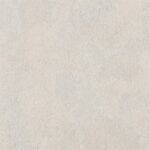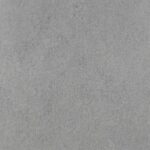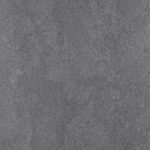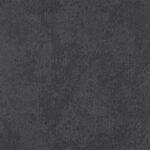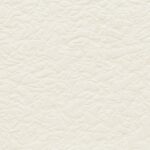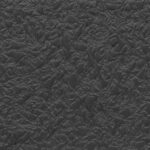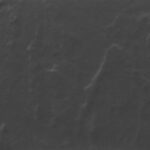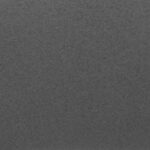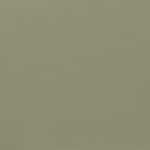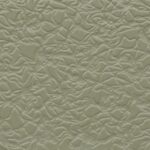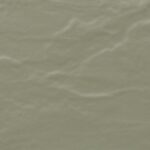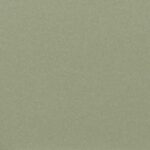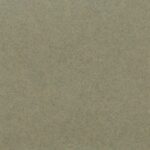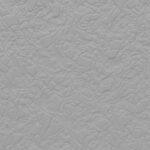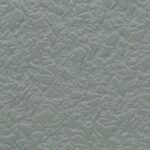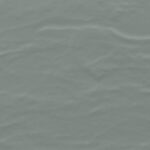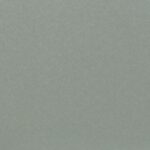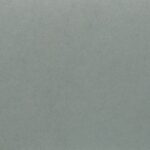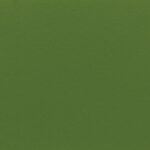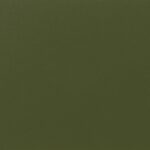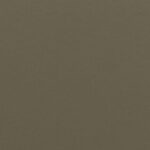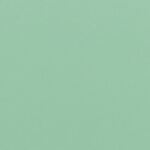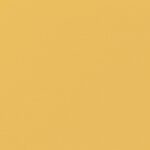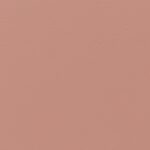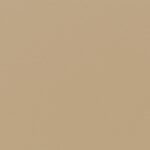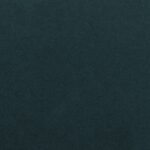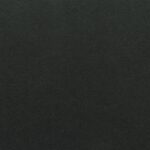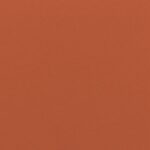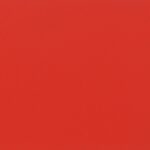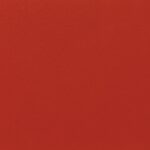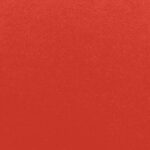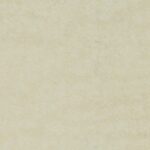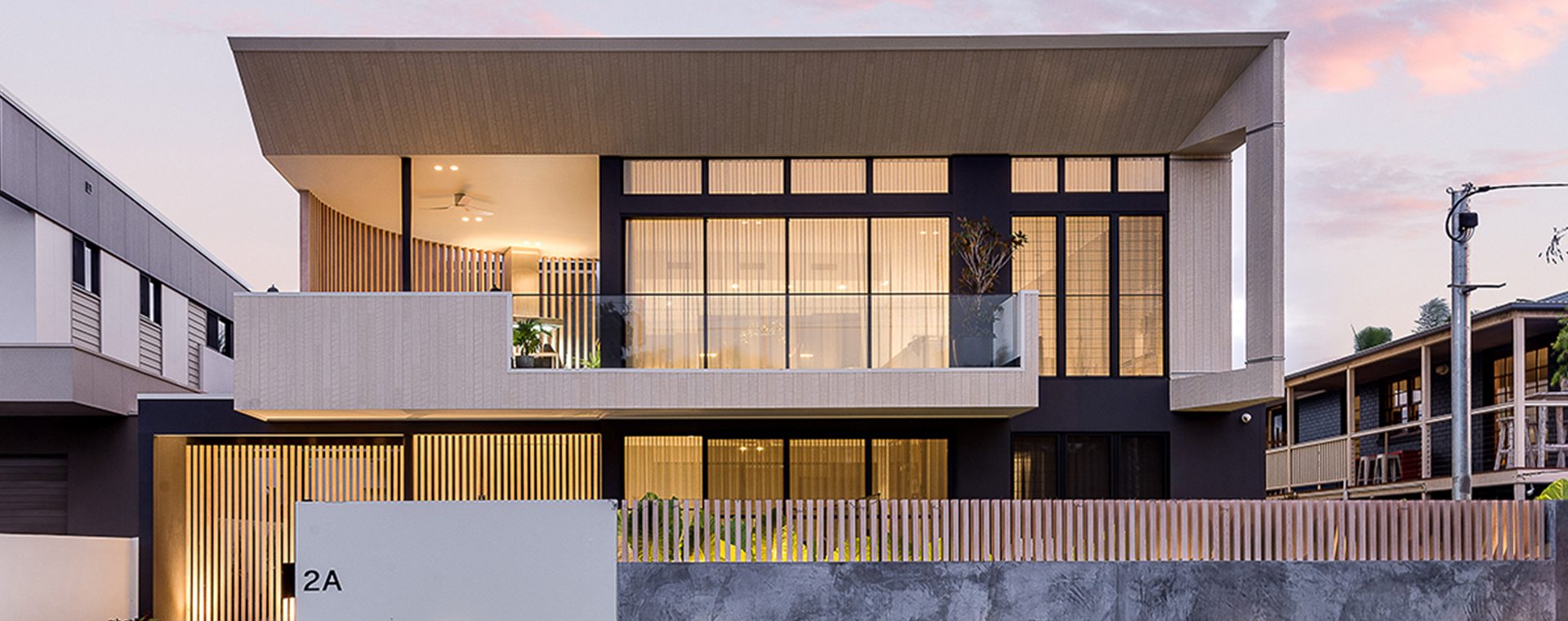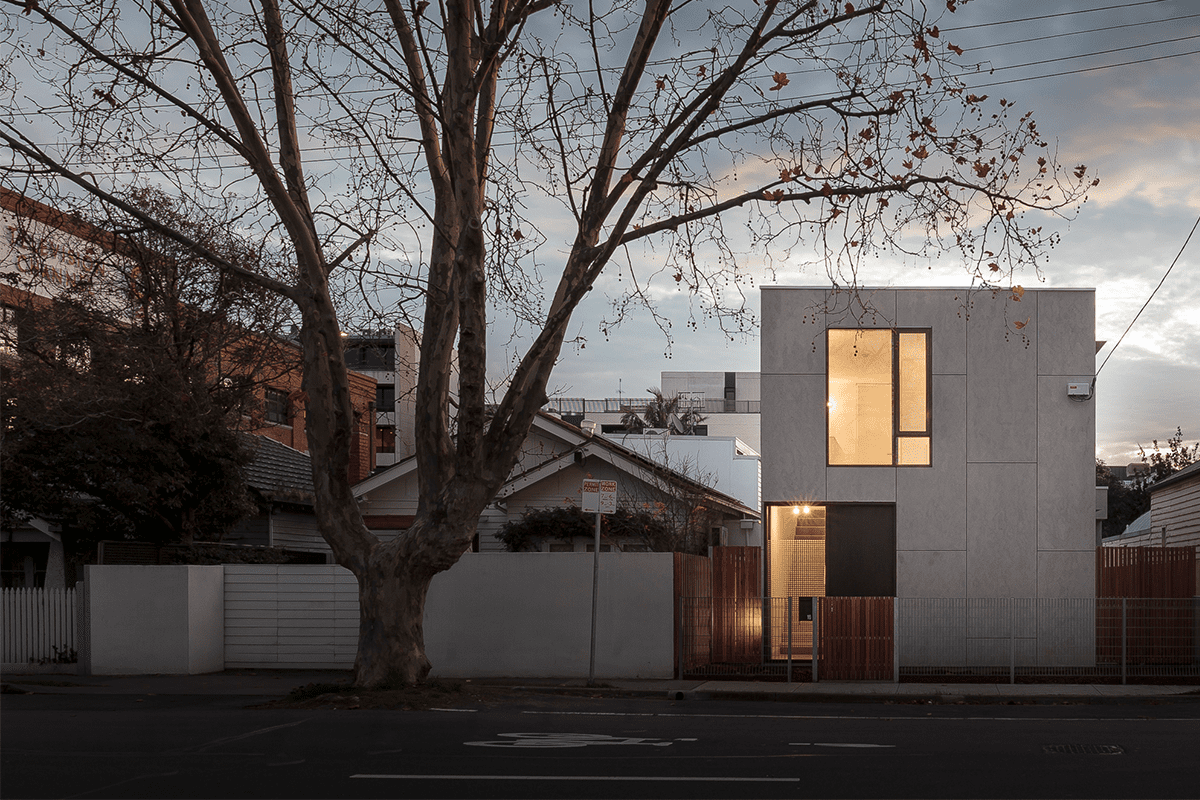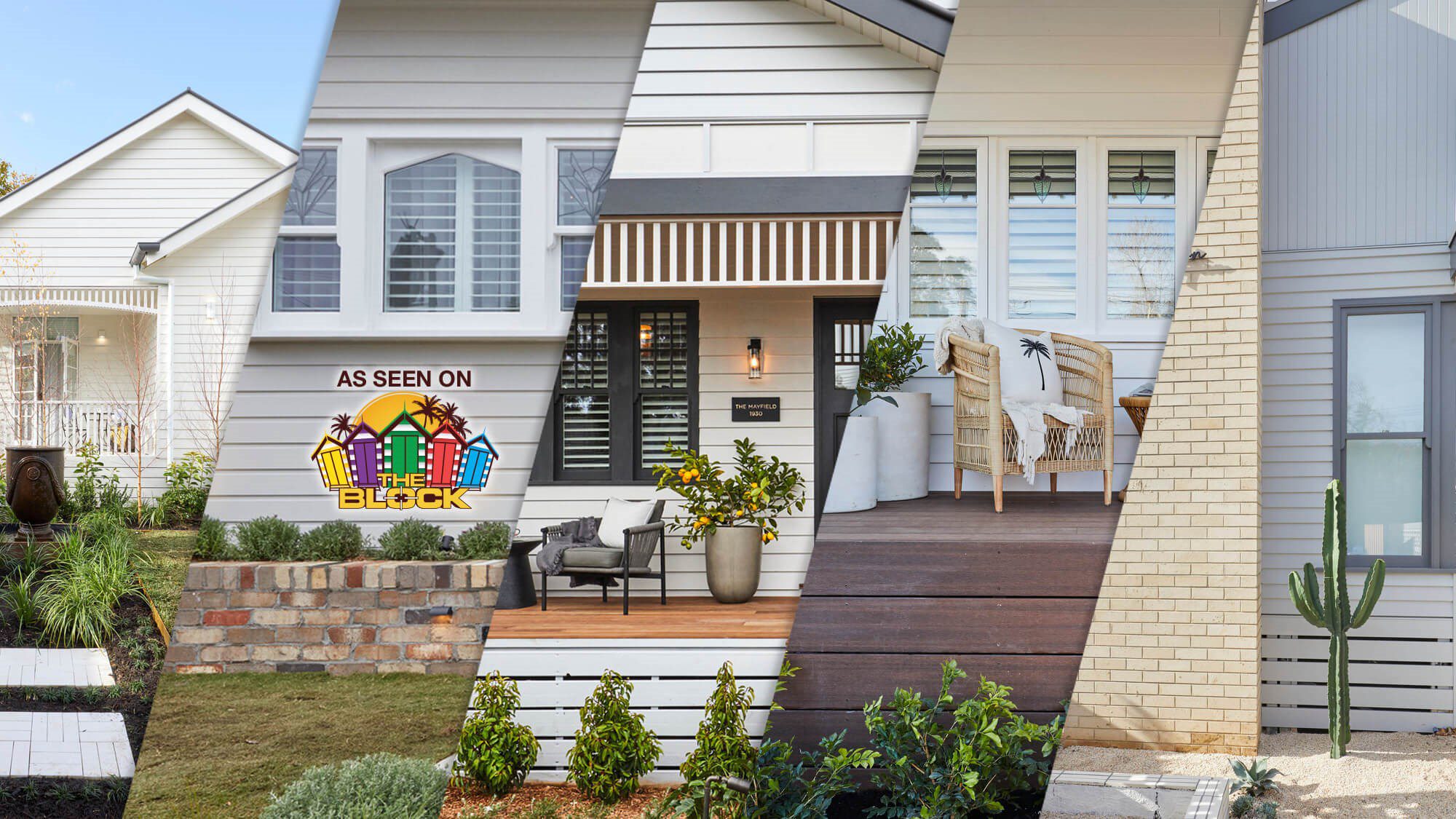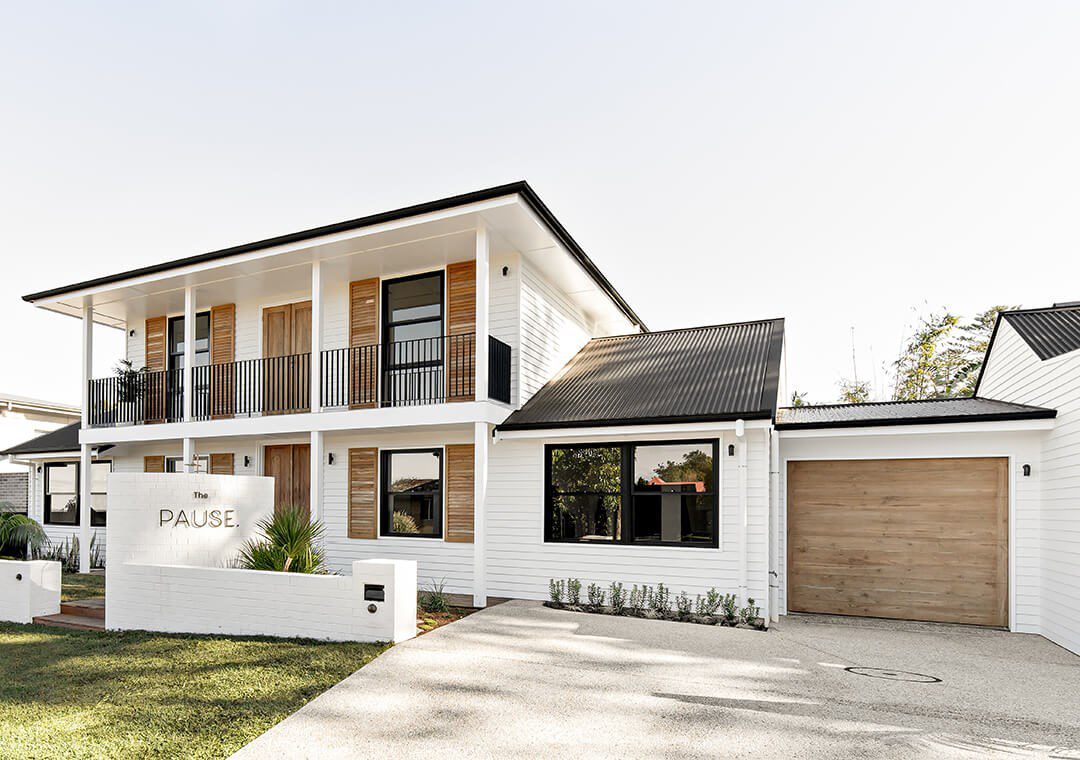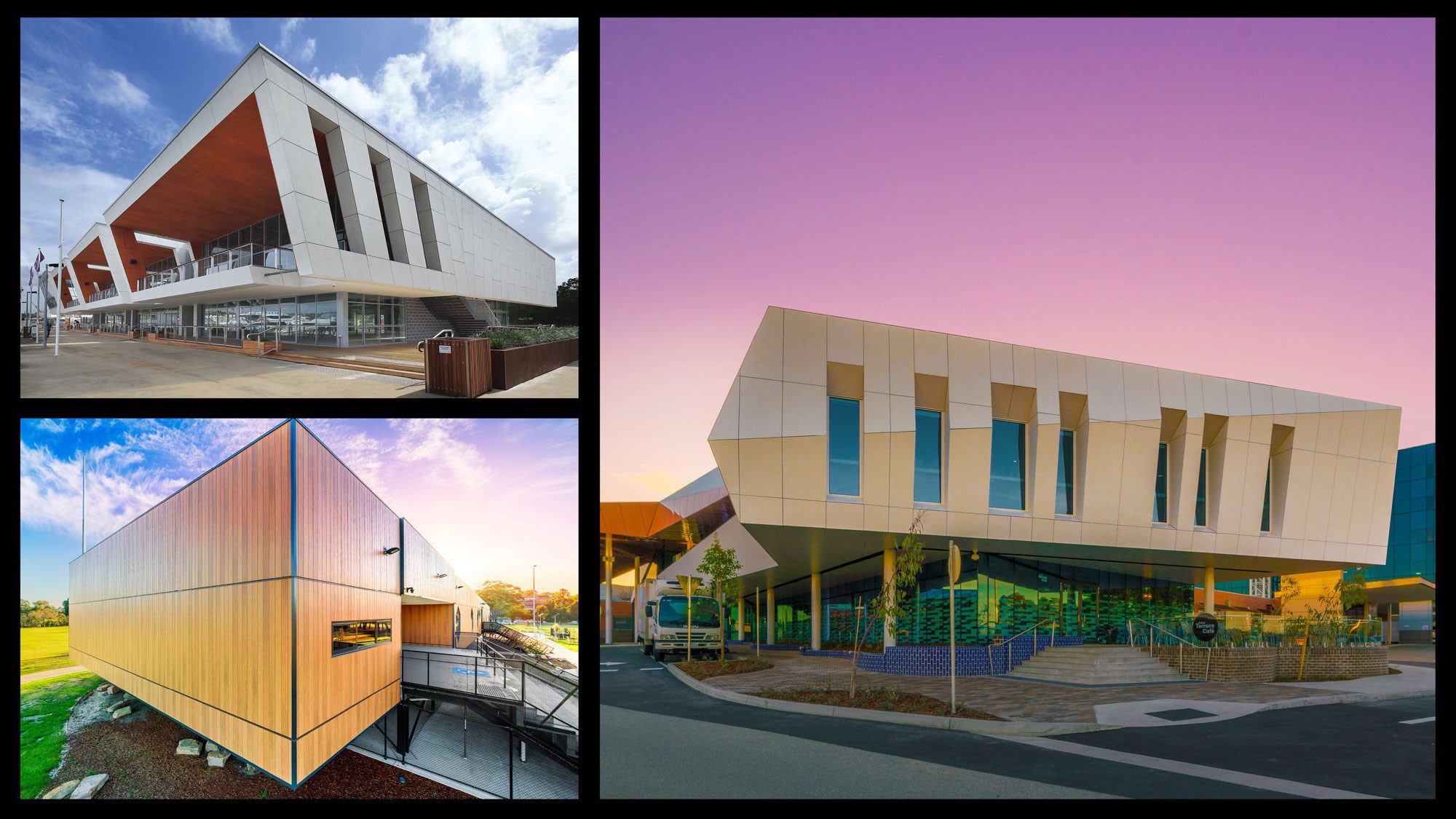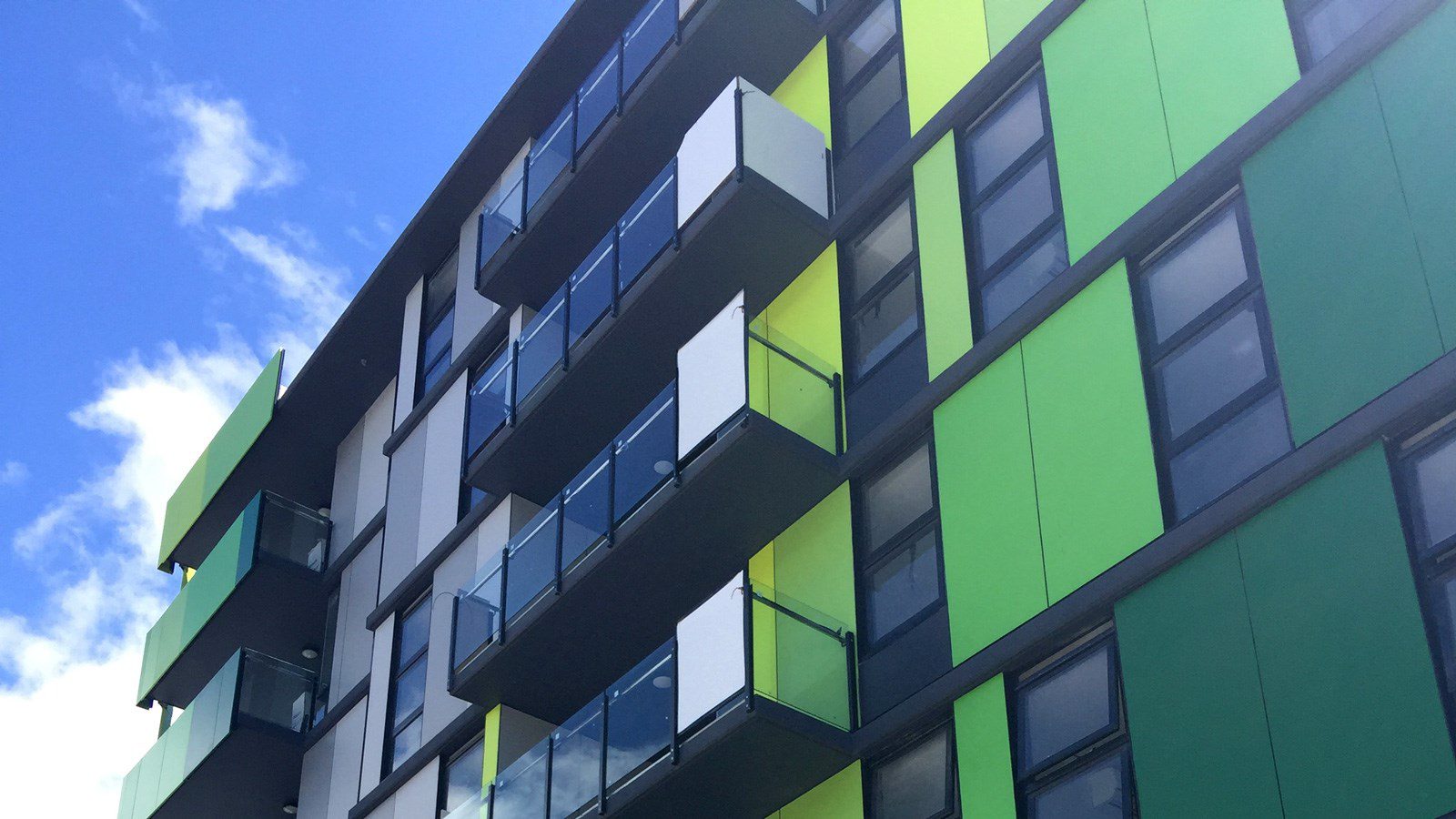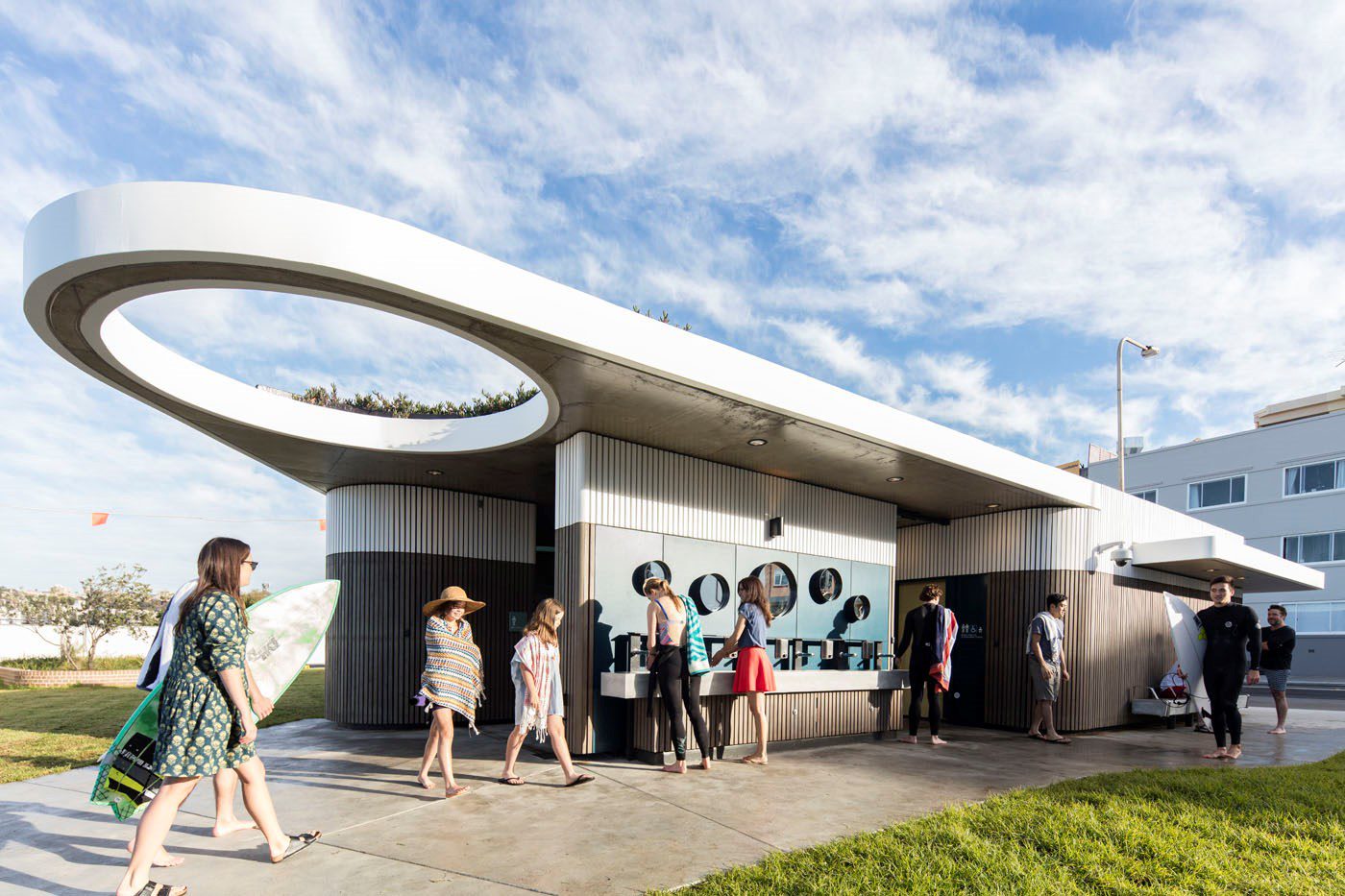Eaves that look as stunning as they are functional.
Browse our range of Eave products below
Eaves are an important part of efficient house design
When the roof of a house projects beyond the walls, the underside of the roof is usually lined with fibre cement eaves. Roof designs that incorporate eaves play an important role in the weather and thermal performance of buildings.
To some extent, eaves act like an umbrella protecting walls from rain. The less water running down external walls, the less likely it is for walls to develop leaks and moisture related problems.
Cleverly, eaves also protect buildings from the heat of the sun in summer, while encouraging it in winter. In summer, when the sun is high in the sky, they shade windows and walls and reduce heat. In winter, the low angle of the sun shines under them, through windows and warms interior spaces.
House orientation is important for passive heating and cooling. In the southern hemisphere, the living areas of homes should face north. In the northern hemisphere, they should face south.
Cemintel Eave Lining Sheets are smooth, flat, square edged sheets which are simple to install. The 4.5mm thick sheets are 2400mm long and come in three common widths 450mm, 600mm and 750mm. They’re fixed using fibre cement nails or screws and simply butt together and a cover strip is used to conceal the joints.
Sort
Frequently asked questions
-
What are the different types of roof eaves?
Boxed or Closed Eaves are commonly used on houses with hip roofs. There are three standard eave overhangs: 450mm, 600mm and 750mm. Cemintel Eaves Lining Sheets are available in these widths. They’re installed onto a horizontal timber frame between the roof fascia and outer wall.
Angled Closed Eaves are where the lining is installed to the underside of the rafters. As a result, the lining is angled up, following the angle of the pitched roof until it meets the external wall.
Open eaves don’t have a lining. The rafters are left exposed. Neatly painted “rafter tails” are a decorative look which suits Hamptons style homes and farmhouses.
-
What are some designer options for eave options?
Some fibre cement cladding panels can be used as eave linings. Barestone™ is a prefinished cladding which has a raw concrete look for a modern industrial aesthetic. For a decorative aesthetic, the vertical grooves of Edge cladding add an attractive timber detail.
-
What's the difference between concrete and fibre cement eaves?
When a building with an upper storey overhang uses concrete slab construction it can have raw concrete eaves. This is simply the underside of the concrete slab.
Fibre cement eaves linings are not structural. They’re typically nailed or screwed onto structural timber frames.
Designers can get concrete-look eaves without requiring a roof made from a concrete slab. Cemintel Barestone fibre cement cladding panels can be used in this application. Barestone Original has the most authentic mottled concrete look. There are 3 other colours in various tints of grey to choose from too.
Other applications
Residential
Commercial
Inspire
Latest topics, projects and people that help shape architecture, design, building and construction.
Speak to an expert
Simply complete the form to get in touch with one of our Cemintel experts.
